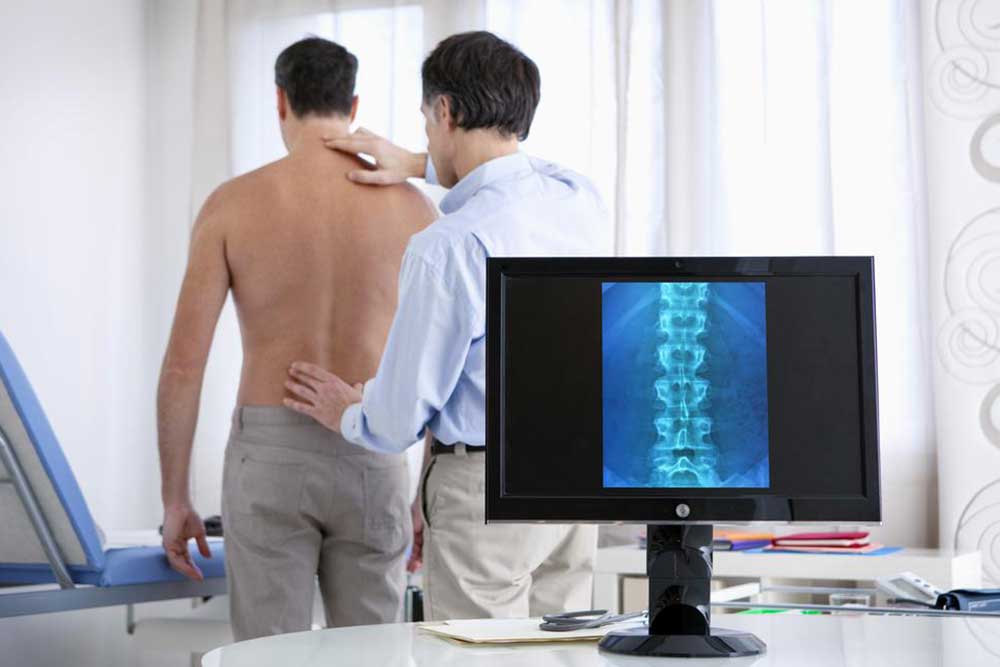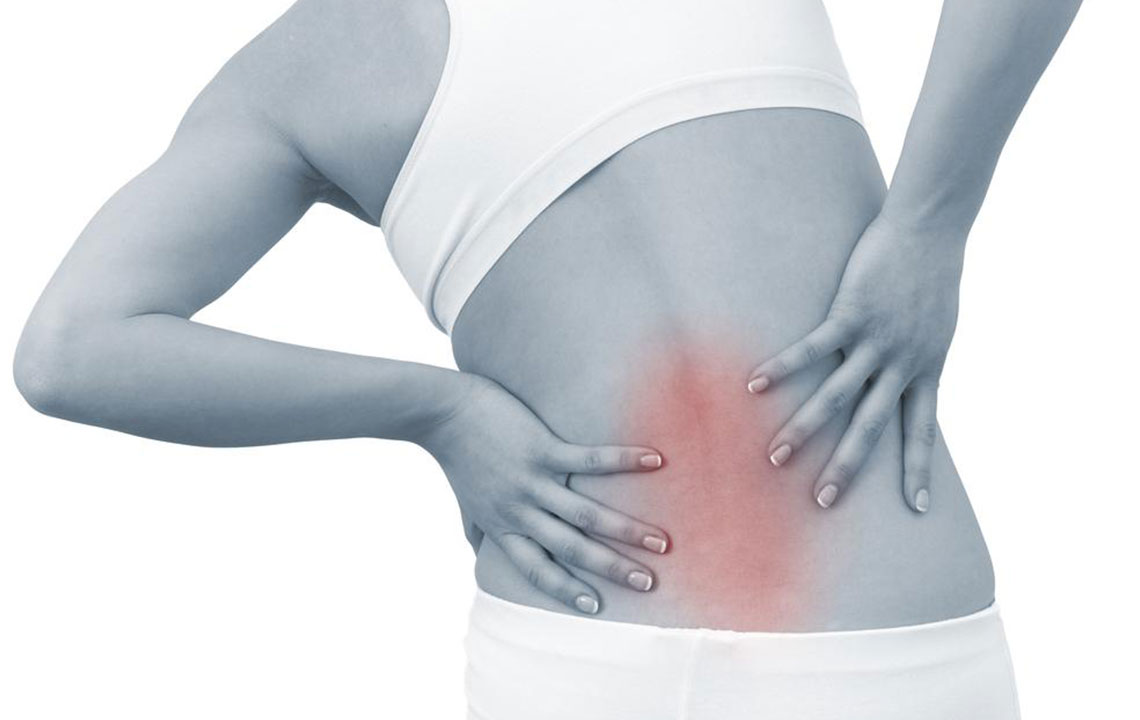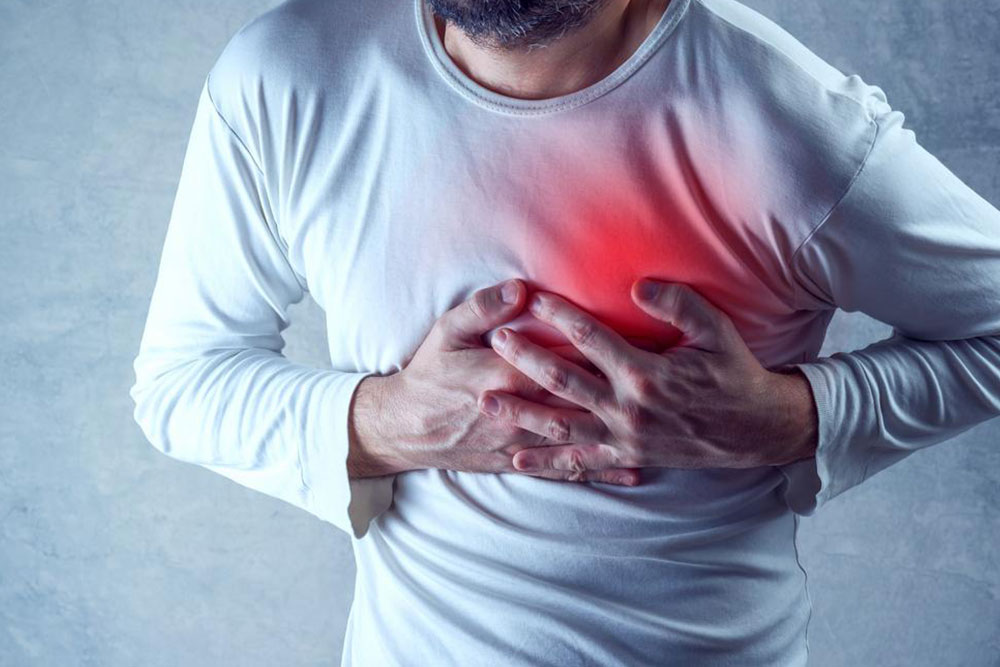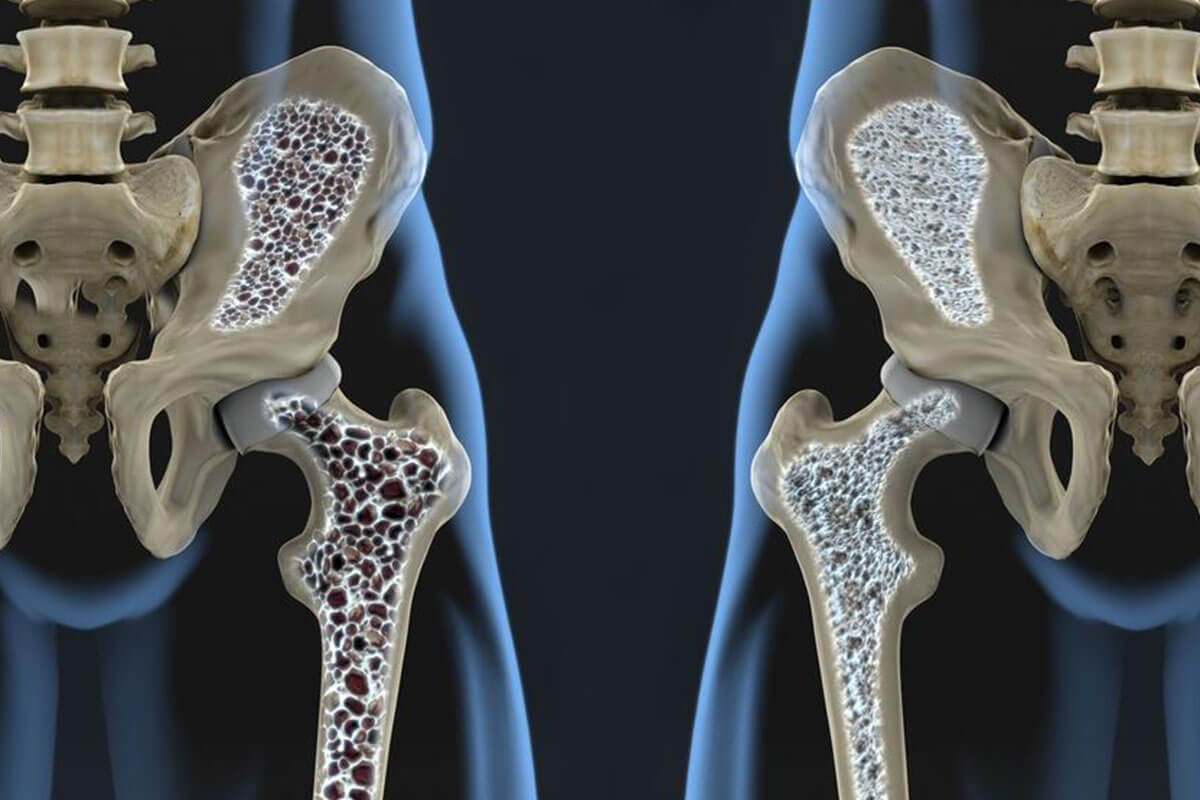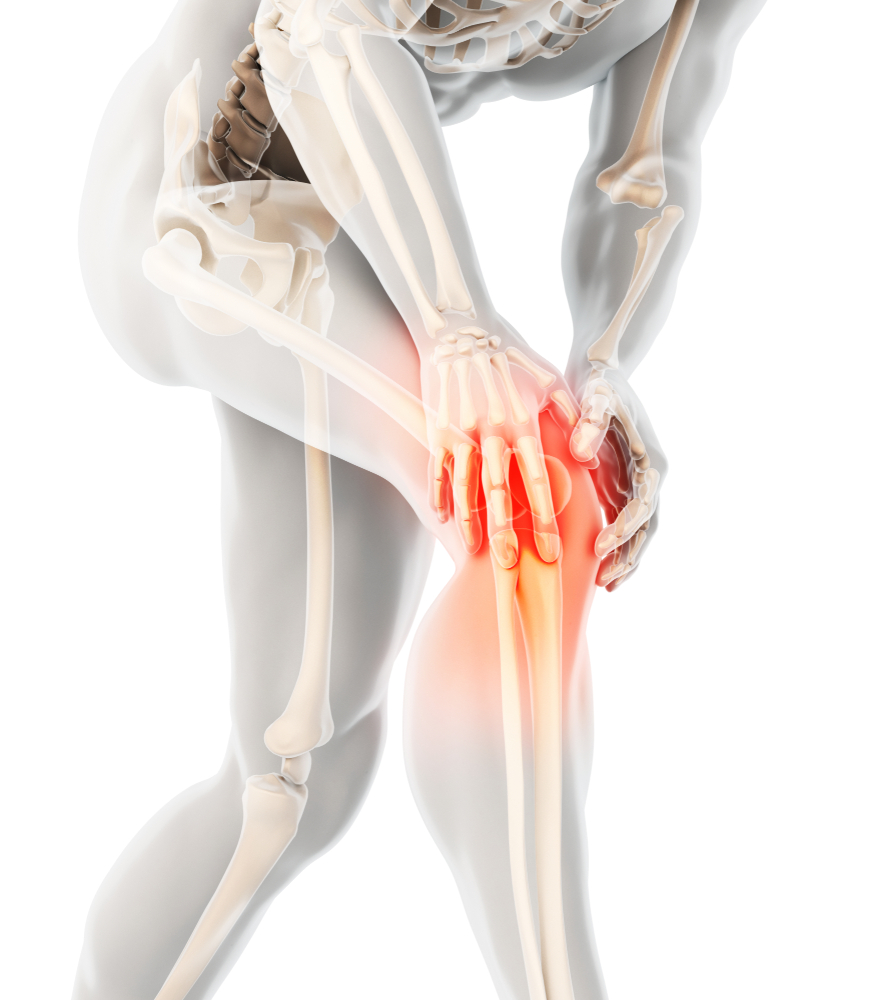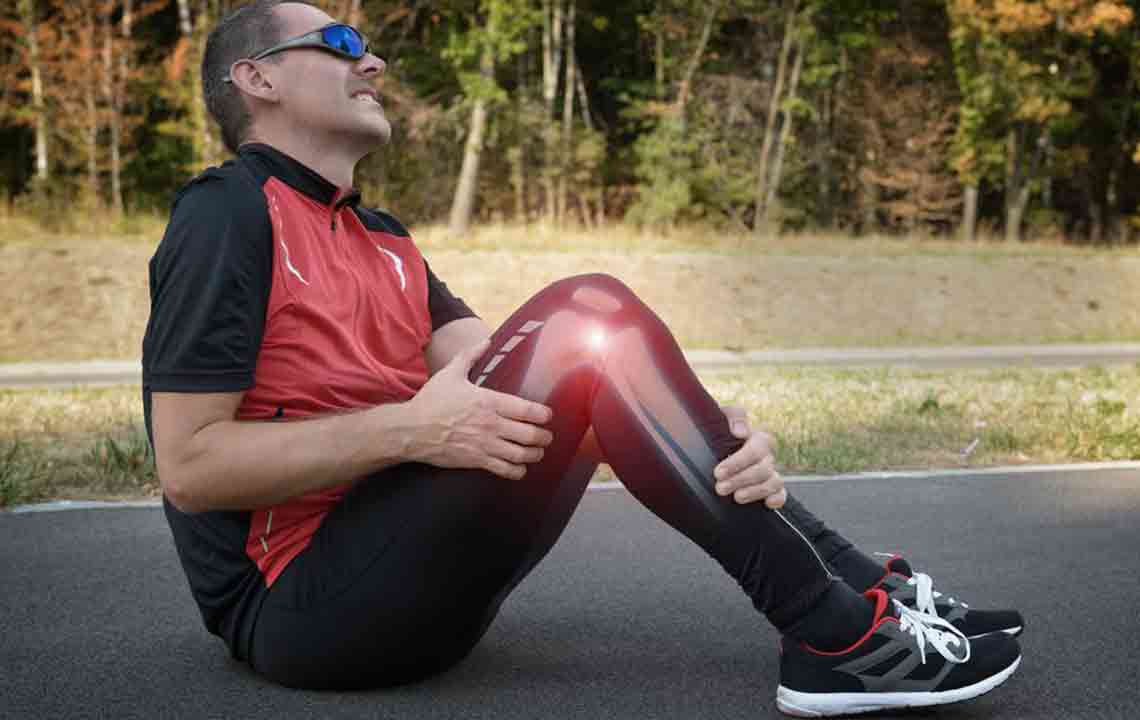Recognizing Causes and Symptoms of Rib Pain Related to Medical Conditions
This article explores seven medical conditions that can cause rib pain, highlighting their key symptoms and severity indicators. Understanding these signs helps in early diagnosis and effective treatment. Conditions covered include rib fractures, leukemia, lung cancer, lupus, osteoporosis, pleurisy, and costochondritis. Recognizing symptoms such as pain, swelling, deformity, and breathing difficulties can guide timely medical intervention. The article emphasizes consulting healthcare professionals for accurate diagnosis, ensuring appropriate care for rib-related discomfort.

Recognizing Causes and Symptoms of Rib Pain Related to Medical Conditions
Any discomfort in the rib area caused by injury or health issues can stem from various conditions. Symptoms vary based on the underlying cause and can provide clues for accurate diagnosis and treatment.
Here are seven common medical issues linked to rib pain, along with their typical signs and severity levels.
Rib Fracture
A leading cause of rib pain, fractures often present with sharp pain, dizziness, or shock following an impact. Additional signs include bone grinding, swelling, redness, bruising, and difficulty in movement due to joint instability. Visible deformities may also be observed.
Chronic Myelogenous Leukemia (CML)
A genetic mutation causes CML, which can sometimes lead to rib discomfort. Diagnosing CML is challenging, especially since symptoms can shift with disease phases. Swelling, especially around the abdomen and upper ribs, can exert pressure and induce pain.
Metastatic Lung Cancer
This advanced lung cancer may cause rib pain due to persistent coughing, chest discomfort, wheezing, and breathing difficulties. Identifying these symptoms early is complex, but they often accompany pain in the rib area.
Systemic Lupus Erythematosus (SLE)
SLE is an autoimmune disorder where the immune system attacks healthy tissues, potentially causing fatigue, joint pain, swelling, inflammation, and deformities, all of which can contribute to rib pain.
Osteoporosis
This bone-weakening disease results in porous bones fraught with reduced density and strength. Fragile bones increase fracture risk, often leading to rib pain. Recognizing osteoporosis symptoms enables timely treatment to prevent complications.
Pleurisy
Inflammation of the lung tissue lining causes pleurisy. Symptoms include sharp chest pain, shallow breathing, muscle aches, and joint pains. Fluid buildup inside the lungs can press against the ribs, causing discomfort.
Costochondritis
This condition involves inflammation of the cartilage connecting ribs to the breastbone, leading to chest and rib pain. Severity varies with the condition’s progression; mild cases may resolve without intervention, while severe cases require medical treatment.
Note:
Our blog offers diverse health-related insights, but it should not replace professional medical advice. The information provided is for educational purposes, and users should consult healthcare professionals for diagnosis and treatment. The site cannot guarantee accuracy across all data and does not cover every possible health scheme or offer.

